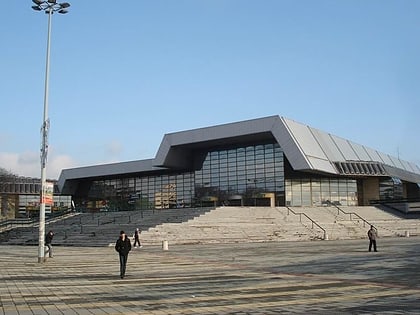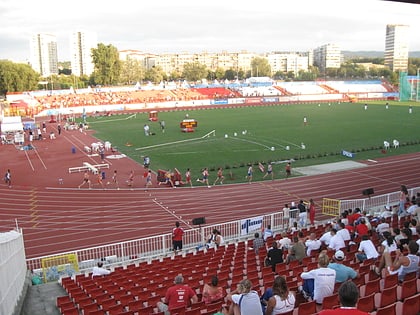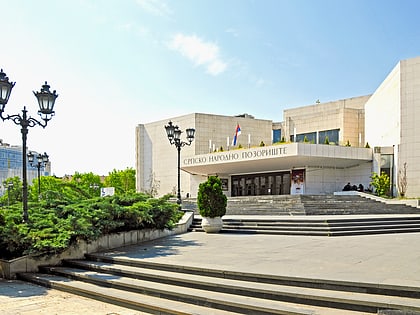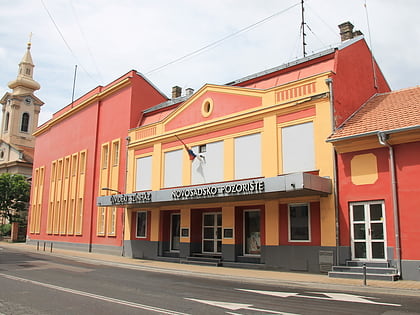Žeželj Bridge, Novi Sad
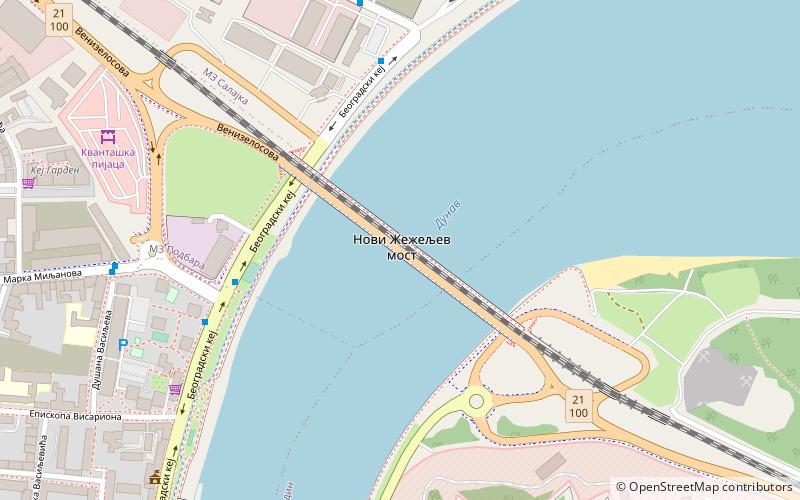
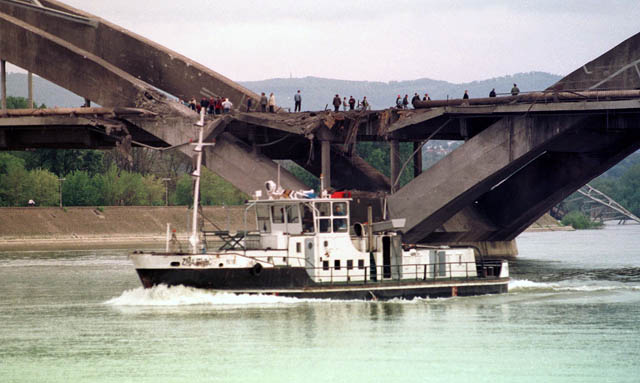
Facts and practical information
The Žeželj Bridge stands as a testament to the resilience and spirit of Novi Sad, Serbia. This vital railway and pedestrian bridge spans the Danube River, connecting the regions of Bačka and Srem. The original structure, completed in 1961, was named after its designer, the renowned Serbian engineer Branko Žeželj. However, the bridge's history took a tragic turn during the NATO bombing of Yugoslavia in 1999, when it was destroyed, greatly affecting the local community and economy.
In the wake of this devastation, a commitment to rebuild arose from the ashes. The new Žeželj Bridge, completed in 2018, not only restored the critical transportation link but also emerged as a symbol of Novi Sad's tenacity. The modern design features two arches, which gracefully soar above the Danube, carrying both trains and pedestrians between the city's banks. It stretches to a length of 474 meters, with the main span reaching 219 meters, standing as a remarkable feat of contemporary engineering and architecture.
The bridge is more than an infrastructural asset; it's a place of remembrance and a beacon of progress. Its silhouette against the skyline of Novi Sad has become an iconic image, representing the city's journey from its past hardships to its aspirations for the future. The Žeželj Bridge is not only a crucial route for commuters and trade but also a scenic spot for locals and tourists to enjoy panoramic views of the river and the city's landscape.
Novi Sad
Žeželj Bridge – popular in the area (distance from the attraction)
Nearby attractions include: Petrovaradin Fortress, Danube Park, Gallery of Matica Srpska, Spens.
Frequently Asked Questions (FAQ)
Which popular attractions are close to Žeželj Bridge?
How to get to Žeželj Bridge by public transport?
Bus
- Beogradski Kej - Marka Miljanova • Lines: 6 (5 min walk)
- Marka Miljanova - Kvantas Market • Lines: 6 (8 min walk)




